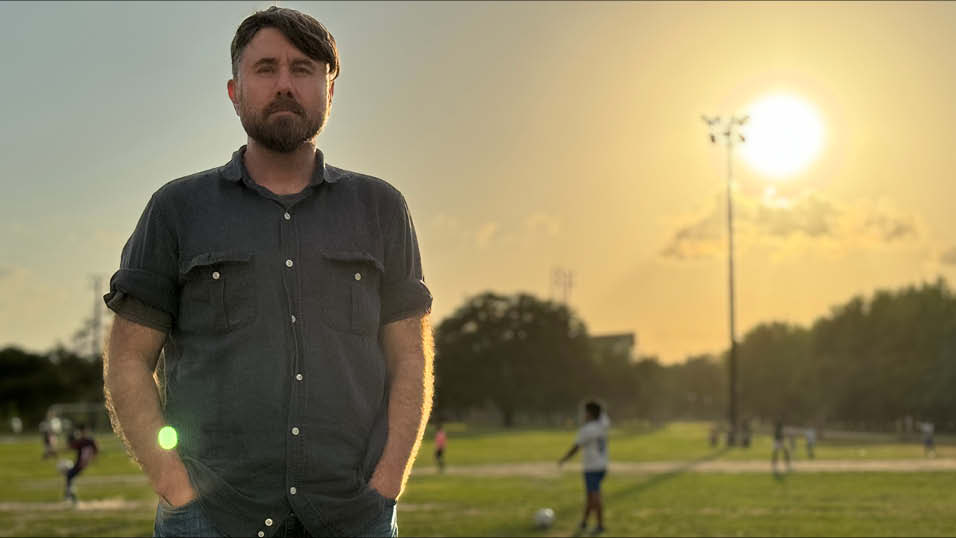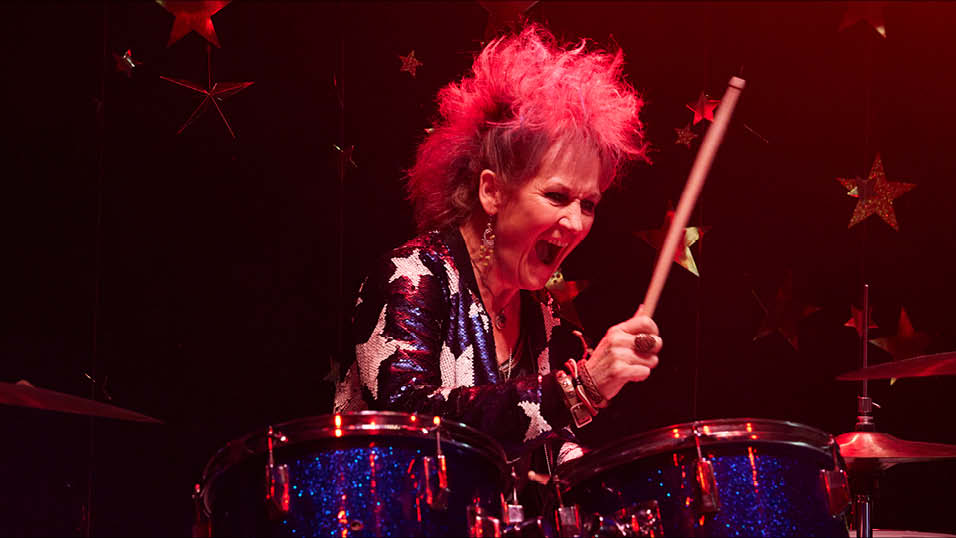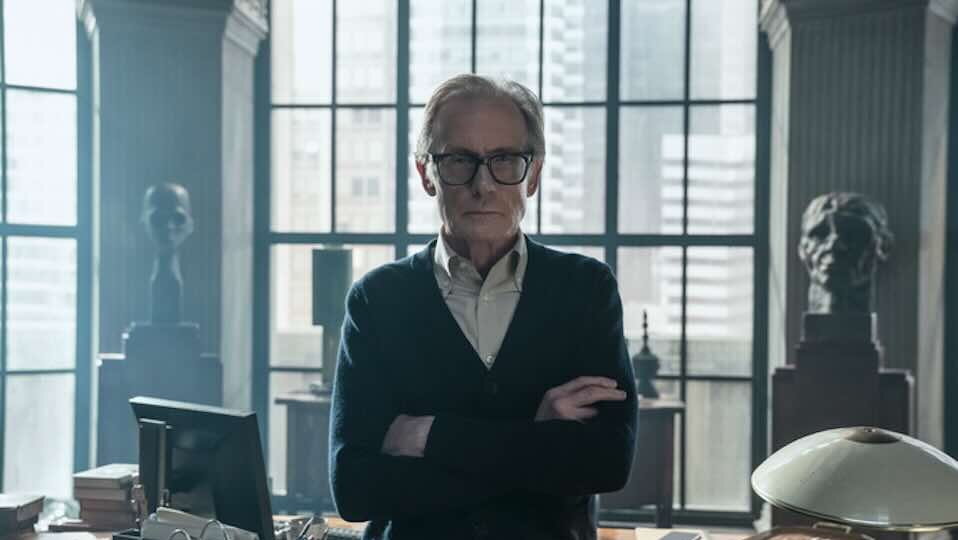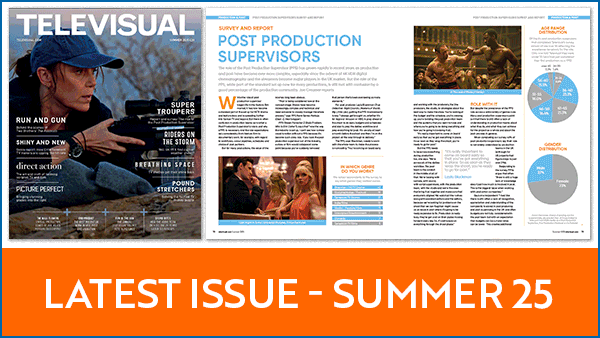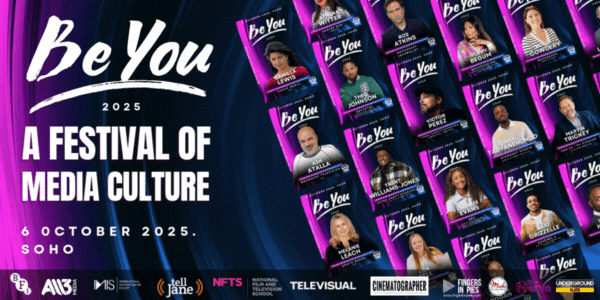Creativity, tech know-how and a cool head. Four of the UK’s leading visual effects supervisors – among them two Oscar winners – explain the art of their craft

On Terminator Genisys, two weeks after winning the work I was on a plane to New Orleans where they were filming. You’re present on set in order to advise the client side super as to what we need and to acquire stills, bits of information, video, a whole host of different things. We had a good two thirds of the film so I was out there for the duration.
It’s a creative process, we’re not building a car. If something doesn’t work or the story changes you have to adapt to that and vfx is usually the one that is leant on. It’s a very instant answer whereas building a new bit of set is not so accommodating.
Yes, there is a better understanding of vfx but there’s the general notion that vfx can do anything. To a degree it can but I’m a very firm believer that it doesn’t necessarily mean we should. In most cases you should get as much as you can in the can then we’ll do the rest in vfx when you physically can’t do it. I still believe in using miniatures for certain things, sometimes they look great and real. I also believe in building fantastic sets. It gives the actors something to work with. Cg does look photo real but if you really get into the spot the ball competition you can’t beat the real deal.
You’ve got to be honest and say to a director, yes you can do this in vfx but if you can I’d advise you to build a bit of set or get something that’s practical because then you get something in the can and we can always enhance it if need be. To create from scratch, vfx is not cheap. It takes a huge amount of time. Also there’s a misnomer on set that vfx takes no time at all but it’s a crew of 500 for a year.
Back in the day vfx was just about ‘copy this board, copy that shot, job done.’ These days because huge sequences are pure vfx we have a lot of creative control. The director is not there at that stage to direct us so we have to do that ourselves along with the client side super and then suggest things to the editor. You are doing filming to a degree. You’re directing, designing and editing, which is great. Now we have a live art department throughout the entire film. When the production art department finishes we carry or right to the very end. There’s a lot more vfx and you’re creating characters and environments and this stuff all needs to be designed.
People skills is a big thing, you have to keep positive in this industry. These projects go through some very tough times and it’s quite stressful so you’ve got to keep upbeat. You have to be accommodating of everyone’s opinion. It’s a group led creative process but I’m aware also of being that one voice when dealing with the client.

FRAMESTORE GRAVITY; GUARDIANS OF THE GALAXY; EDGE OF
TOMORROW; WRATH OF THE TITANS; THE CHRONICLES OF NARNIA
 It feels like we’re there very early in the whole process and practically the last ones at the end. You need to have an overview of the whole movie experience.
It feels like we’re there very early in the whole process and practically the last ones at the end. You need to have an overview of the whole movie experience.
On set, you need to make sure the shots in the vfx sequences will have the right impact or you’ll end up creating an entirely vfx shot that does have that impact instead. We can replace a lot of shots these days, more pressure will come to do that if the initial photography wasn’t what was wanted. But that pushes up the vfx budget. That’s budget that isn’t magically there, it has to come from somewhere else.
Rarely is there a time when it’s OK to leave the crew to it. Crews are becoming extremely savvy about vfx and they will correctly guess the right process a lot of the time. The danger is they will go ahead without you if you’re not on set. Seven out of ten times they’ll get it right.
There’s an assumption that the more vfx that get shot the more money there will be to do them, but actually the budget is set and we’re trying to minimise the number of vfx to make sure we get money on the screen where it really counts.
You try to make an agreement about what will be vfx and what will not. It can become very difficult to say ‘no, you can’t shoot it that way because we didn’t plan to do that’. Some shoots by their very nature get changed. That’s the nature of the way filmmakers work. You don’t want to limit their creativity so it is a fine balance.
In post the involvement the director has enjoyed by standing behind the camera talking to his actors starts to dissolve a little bit because the digital work he’s commissioned has a much slower turnaround. They’re busy doing directors cuts, ADR, sound mixing, scoring a lot of other stuff. The slow process of vfx is not often something they want to be too involved in so the vfx super starts to inhabit the role of proxy director. It is like a second unit so the supervisor has to consider what the director would shoot in the same way the second AD does. There is an directorial aspect to it, especially if you’re creating characters. Then you have to get into the head of the director and think about what they’re after. Scheduling time with the director and encouraging them to get involved is important.

The key thing is to establish a good relationship with the director, the 1st AD, and the DoP. Be clear up front about what you require, but be prepared to adapt to changing circumstances. Feed your requirements into the 1st AD as soon as possible but also look to save them time if there is an opportunity. If there is an element that is key to achieving the desired result, you have to make sure you get it. However, if it merely saves you time in post, be willing to let it go if needs be. Understand the demands that the 1st AD is under and you’ll get on fine.
I’m usually sat next to or within earshot of the director and DoP for most of the shoot. You need the DoP on your side, as they can suggest solutions on the day, which can make the post work easier.
Lighting is the one thing that can’t be changed afterwards so get a good dialogue with the DoP – if the scene has been lit in a way that doesn’t seem right for post, you need to listen to why the DoP has lit it that way and then make a call as to whether you ask for it to be changed. It’s easy to obsess about what looks real, whereas the DoP is making it look beautiful – you need to get the balance right and here the relationship with the director is key.
I often advise people going on shoots to sit and look at the monitor and imagine that what they are seeing has just been loaded into the post-production suite. You then look at it with a more critical eye – it’s easy to be seduced by what you see when looking through the lens.
Being a vfx supervisor requires being able to think on your feet, an ability to adapt to fast changing circumstances, patience, knowing when to kick up a fuss and when to take a step back. And having more than one alarm clock!

Once the job is awarded we work closely with production and client to make sure we are as organised as possible before the shoot. We will be involved in the PPM process if required and will be briefed usually by the director. We will often have our team working on concept drawings, CGI builds, pre visualisation and concept testing long before the shoot.
On a more technical production we will often build a pre visualisation of either a whole commercial or selected shots. This will be done in CG, and will be based on real world information from locations and set builds. This is invaluable in conceptualising each shot. It gives everybody a clear idea of what we will be capturing and also how to capture it. We will quite often be able to export all this data from our CGI package straight to a Motion Control team. With some tweaking this gives them a running start in recreating this shot on set.
The moment I walk on set I go straight to the 1st AD and introduce myself. He or she will be your most important colleague on set. They will be the one to get you everything you need. This could be the infamous ‘Clean Plate’ at the end of a lengthy set up when the producer is stressing to move on. Or an alternate exposure plate, element pass or a rushed HDR image set (which if I don’t get my CG guys will kill me!) Inversely, I really do try to help them keep the fluidity of the shoot. Only asking for post essentials, and judging when I can miss something unessential.
A detailed understanding of all things 2D and CGI is imperative. It really helps to dissect the shot in your head and think how you would reconstruct it once you get into the suite. Then you know you have got everything covered.
It is a plus if you have good communication skills and can give a definitive answer when someone asks you, yes or no? There is no room for…’um, let me think about that’. It can be stressful on shoots when things take a left turn. Production and agency side look to us to give a confident, measured response and to keep calm when people are stressed out around you. There is a delicate balance in spreading your time and attention director and client side. I like to keep everyone in the loop 100% of the time and I make sure everyone knows I am thinking about what both sides require.
Jon Creamer
Share this story







